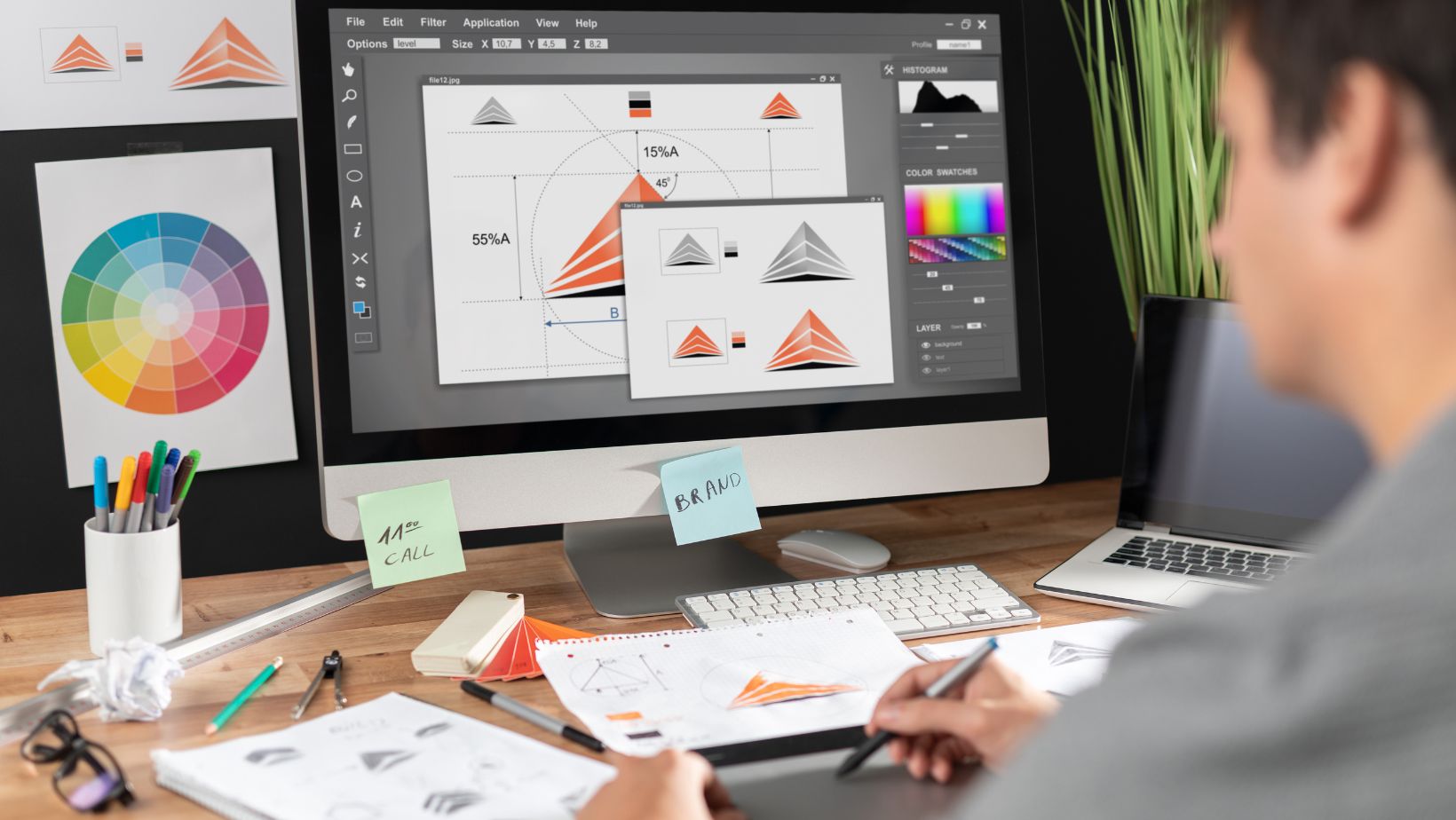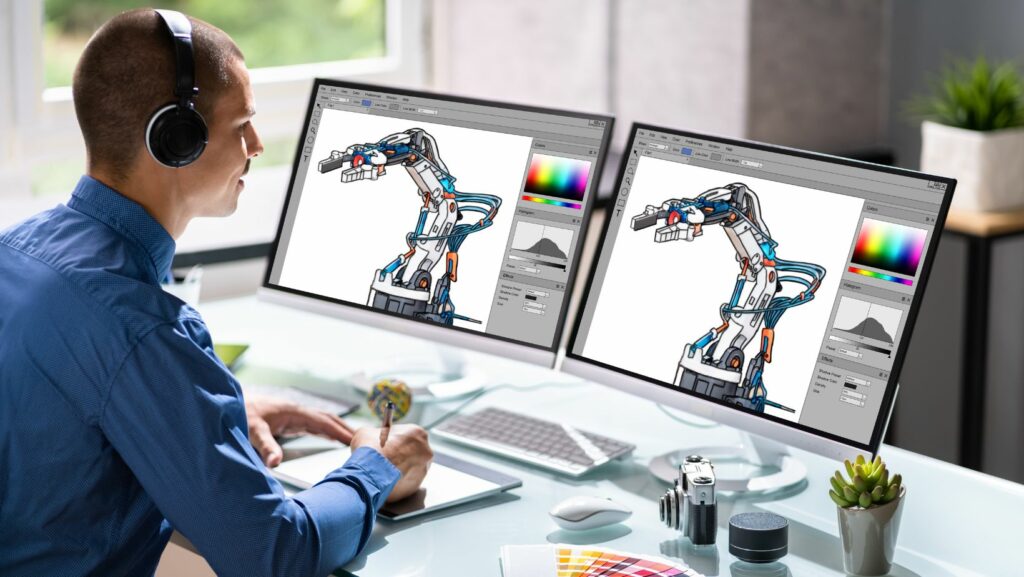Pursuing education at a graphic design university is a transformative journey for aspiring creatives, blending technical skill-building with artistic exploration. For anyone passionate about visual storytelling, such an institution becomes the launchpad for turning imaginative ideas into impactful realities.
Why Choose a Graphic Design University?
When I first considered a career in design, the options seemed endless: online tutorials, certifications, or self-teaching. However, stepping into a dedicated graphic design university proved to be a game-changer. These programs don’t just teach software or technical skills—they immerse students in design principles, typography, branding, and much more.
A well-rounded curriculum ensures students are not only proficient with tools like Adobe Creative Suite but also understand the “why” behind their designs. It’s this understanding that separates skilled designers from exceptional ones.
Explore the benefits of attending a graphic design university.
Learning Beyond the Classroom
One of the standout aspects of attending a graphic design university is the exposure to real-world projects. During my second semester, our team worked on a rebranding project for a local nonprofit. From brainstorming logos to crafting cohesive color palettes, the process mirrored what you’d experience in a professional agency. This hands-on practice sharpened my ability to collaborate, meet deadlines, and present ideas with confidence.
Such opportunities prepare students for internships, freelance gigs, and full-time roles by giving them a taste of client interactions and industry workflows. It’s not just about mastering theory—it’s about applying it under pressure.
The Importance of Mentorship
Another critical benefit of attending a graphic design university is the mentorship you receive. Experienced instructors—often seasoned professionals—share their knowledge, critiques, and tips that no textbook can offer.

In my case, a professor’s feedback on a branding assignment changed my perspective entirely. He emphasized designing with empathy—understanding the audience’s needs rather than just creating something visually appealing. That lesson stuck with me and continues to shape my approach to projects today.
Building a Strong Portfolio
Your portfolio is the golden ticket to landing jobs in the competitive design industry. A graphic design university ensures you graduate with an impressive collection of projects. These range from digital advertising campaigns to print designs, showcasing your versatility.
Take Sarah, a fellow student I collaborated with during a UX/UI design course. She crafted a mobile app prototype for small businesses to manage social media content. The app not only impressed our peers but also landed her a role at a top tech firm straight out of college. Stories like hers are a testament to how universities prioritize creating portfolio-ready graduates.
Networking Opportunities That Matter
Design, like most industries, thrives on connections. Universities host events, workshops, and career fairs, giving students direct access to industry professionals.
I still remember meeting a creative director at one such event who reviewed my portfolio. His constructive criticism not only helped me refine my work but also led to a summer internship at his agency. Experiences like this underline the value of the networks built during your time at a university.
Soft Skills: The Unsung Heroes of Design
While technical skills are crucial, a graphic design university also hones soft skills like communication, problem-solving, and adaptability.
For instance, presenting design concepts to a panel of instructors was nerve-wracking at first. However, it taught me how to articulate ideas clearly and respond to feedback professionally—skills that are indispensable when dealing with clients in the real world.
Staying Ahead with Industry Trends
Design trends evolve rapidly, and staying relevant requires continuous learning. Universities often partner with tech companies and industry leaders to provide students with the latest tools, techniques, and insights.

For example, during my final year, we explored the growing impact of augmented reality (AR) in design. Projects included creating interactive AR posters, a trend that’s now a significant part of modern marketing campaigns. This early exposure gave me a competitive edge during job interviews.
The Value of Collaboration in Creativity
One of the most underestimated aspects of studying at a graphic design university is learning to collaborate effectively. Group projects, critique sessions, and peer reviews mimic the collaborative nature of design studios.
In one typography course, I partnered with three classmates to design a magazine layout. Each of us brought unique strengths—one excelled in typography, another in photography, and I focused on layout design. The result? A cohesive and visually striking magazine that earned accolades from the faculty.
Beyond Graduation: Career Support
The journey doesn’t end at graduation. Many universities offer career placement services, alumni networks, and workshops to help graduates transition into the workforce seamlessly. These resources are invaluable when navigating the often intimidating world of job applications and interviews.
Final Thoughts: Is It Worth It?
Choosing to attend a graphic design university is an investment in both your passion and your future. It equips you with the skills, confidence, and connections needed to thrive in a competitive industry.
From personal experience, it’s more than just education—it’s a community that fosters growth, creativity, and lifelong learning. If you’re ready to turn your creative vision into a successful career, this path is undoubtedly worth considering.

